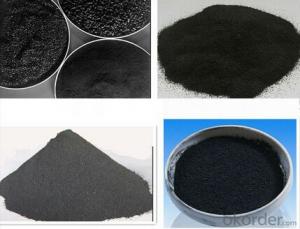Recarburizer Carbon 99% Foundry Graphite Recarburizer Calcined anthracite
- Loading Port:
- Dalian
- Payment Terms:
- TT OR LC
- Min Order Qty:
- 10 m.t
- Supply Capability:
- 500000 m.t/month
OKorder Service Pledge
OKorder Financial Service
You Might Also Like
Specification:
Low Sulphur Calcined Petroleum Coke/Calcined Anthracite /CPC
We can manufacture the high quality product according to customers' requirements or drawings
Advantage:
- Reduce energy consumption
- Reduce recarburizer consumption
- Reduce scrap rate
- Reduce tap to tap time
- Reduce scrap rate
We can offer carburant in differnt types,whenever you need,just feel free to contact us
Data Sheet:
NO. | Fixed Carbon | Sulphur | Moisture | Volatile | Graininess |
>= | <=< span=""> | <=< span=""> | <=< span=""> | Granularity distribution 90% | |
Oz1011 | 98.50% | 0.05% | 0.50% | 0.50% | 1-5mm |
Oz1012 | 98.50% | 0.50% | 0.50% | 0.80% | 1-5mm |
Oz1013 | 95.00% | 0.30% | 0.26% | 1.14% | 1-4mm |
Oz1014 | 90.00% | 0.30% | 0.30% | 0.90% | 1-5mm |
Oz1015 | 80.00% | 0.20% | 1.30% | 3.50% | 1-5mm
|

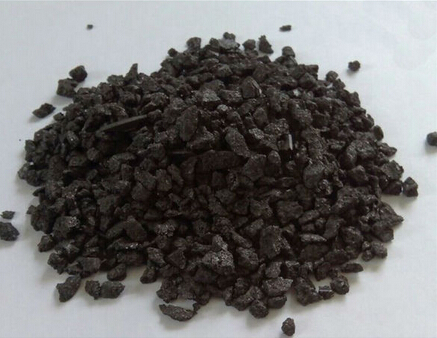
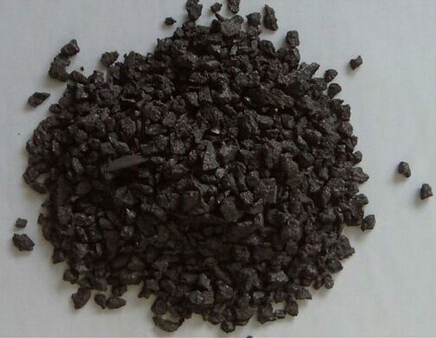
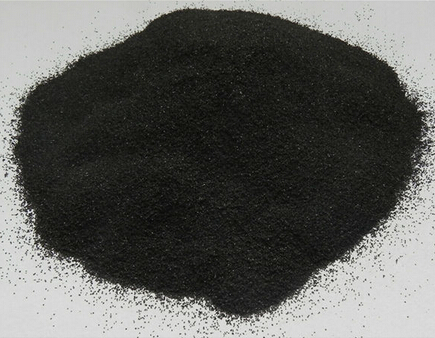
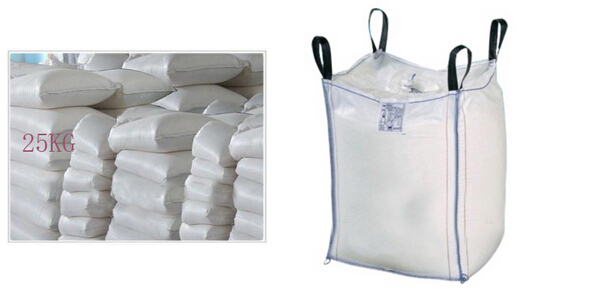
- Q:How does carbon affect the pH of water bodies?
- Water bodies can be greatly influenced by the presence of carbon, which has the ability to alter their pH levels. When carbon dioxide from the atmosphere dissolves in water, it combines with water molecules to create carbonic acid. This natural process, known as carbonation, has a crucial role in regulating the pH of water bodies. The existence of carbonic acid in water has the potential to decrease its pH, resulting in increased acidity. This occurs because carbonic acid breaks down into hydrogen ions and bicarbonate ions. The higher the concentration of hydrogen ions, the lower the pH of the water, thus contributing to its acidity. Furthermore, carbonic acid can undergo further decomposition to form carbonate ions. These carbonate ions can react with hydrogen ions, ultimately reducing their concentration and raising the pH of the water. This process, called carbonation, acts as a buffer and aids in stabilizing the water's pH. Human activities, such as the combustion of fossil fuels and deforestation, release excessive amounts of carbon dioxide into the atmosphere. Consequently, this leads to an elevation in the concentration of carbonic acid in water bodies, resulting in a decrease in pH. This occurrence, known as ocean acidification, can have detrimental effects on marine life. The reduced pH caused by excess carbon can be harmful to aquatic organisms, particularly those with calcium carbonate shells, including corals, mollusks, and certain species of plankton. The acidic water dissolves their shells, rendering them more susceptible to predation and diminishing their ability to construct and maintain protective structures. In conclusion, the presence of carbon has a significant impact on the pH of water bodies due to the formation of carbonic acid. While carbonic acid contributes to water acidity, it also functions as a buffer and helps maintain pH stability. However, excessive carbon dioxide emissions resulting from human activities can lead to ocean acidification, which negatively affects marine life and the overall well-being of water ecosystems.
- Q:What is the symbol for carbon?
- "C" is the symbol representing carbon.
- Q:A carbon Roast Lamb Leg stores need to how much money
- Do about 50 thousand! Do not have their own skills, you have to learn, have time to look at the Weifang green, Mongolia edge, taste and scale are pretty good!
- Q:What are the problems that should be paid attention to in the injection molding of the material? Who has some details about carbon fiber injection? Thank you for sharing
- Carbon fiber melting point at about 3000 degrees (isolation oxygen, oxygen, about 400 degrees will be oxidized), itself can not be injection processing, only carbon fiber filled plastic can be injection molding.
- Q:Made of high strength structural partsThe market quality of the carbon fiber plate is too much, the price is low, do not know how to choose. A knowledgeable friend can introduce larger enterprises? The quality of the carbon fiber board produced must be better and the performance should be stable!
- You are not for the prestressing bar, if you find the building reinforcement for Tianjin Beijing card, if you do the structure reinforcement for Jiangsu and Wuxi via the new material industry, these are relatively well-known.
- Q:What are the effects of carbon emissions on the Arctic ecosystem?
- The Arctic ecosystem is significantly impacted by carbon emissions, primarily due to global warming. The release of carbon dioxide and other greenhouse gases into the atmosphere traps heat, leading to increased temperatures worldwide. However, the Arctic is particularly susceptible to these effects because of its unique characteristics. One of the most noteworthy consequences of carbon emissions on the Arctic ecosystem is the rapid melting of ice. Increasing temperatures cause glaciers and ice sheets to decrease in size, resulting in the loss of habitat for ice-dependent species like polar bears, walruses, and seals. These animals not only depend on the ice for resting and breeding but also for hunting and finding food. The reduction of their natural habitat has led to a decline in their populations, impacting the delicate balance of the Arctic food chain. Moreover, the melting of ice leads to rising sea levels, which can have cascading effects on coastal areas. Many Arctic communities, including indigenous peoples, are located near the coast and rely on the sea for their livelihoods. The increase in erosion, flooding, and storm surges due to rising sea levels pose a threat to their homes, infrastructure, and traditional ways of life. Furthermore, carbon emissions contribute to ocean acidification, a process in which excess carbon dioxide absorption by seawater lowers its pH level. This acidification has detrimental effects on marine organisms such as shellfish, corals, and plankton, which struggle to build and maintain their calcium carbonate structures. These organisms serve as essential food sources for various Arctic species, including fish, seabirds, and marine mammals. The decline in their populations disrupts the intricate web of life in the Arctic and can have far-reaching consequences. Climate change caused by carbon emissions also disrupts the timing and patterns of seasonal events, such as plant growth, bird migration, and the availability of food resources. This mismatch can have severe consequences for species that rely on specific timing for reproduction, migration, and survival. In summary, the effects of carbon emissions on the Arctic ecosystem are significant and extensive. The loss of sea ice, rising sea levels, ocean acidification, and disrupted ecological processes all contribute to the vulnerability of Arctic species and communities. Urgent action to reduce carbon emissions, mitigate climate change, and protect this fragile ecosystem is crucial for the long-term preservation of the Arctic.
- Q:What is the structure of carbon-based polymers?
- The structure of carbon-based polymers involves long chains or networks of carbon atoms linked together by covalent bonds, forming the backbone of the polymer. These carbon atoms are typically bonded to other atoms such as hydrogen, oxygen, nitrogen, or halogens, which contribute to the overall properties and functionality of the polymer. The repeating units, or monomers, are connected through chemical reactions known as polymerization, resulting in a diverse range of structures and properties in carbon-based polymers.
- Q:How does carbon affect the formation of air pollution in urban areas?
- Air pollution in urban areas is significantly influenced by carbon, which exists in the form of carbon dioxide (CO2) and carbon monoxide (CO). Urban areas are characterized by high population density and intense human activities, resulting in increased emissions of carbon-based pollutants. The burning of fossil fuels like coal, oil, and natural gas releases carbon dioxide into the atmosphere, contributing to global warming and climate change. In urban areas, the combustion of fossil fuels for energy production, transportation, and heating purposes emits substantial amounts of carbon dioxide. The accumulation of CO2 in the atmosphere traps heat, causing the urban heat island effect and exacerbating air pollution issues. Another carbon-based pollutant, carbon monoxide, primarily originates from vehicle exhausts and industrial processes. In urban areas with heavy traffic congestion, carbon monoxide levels tend to be high. This gas is particularly harmful as it impairs the blood's oxygen-carrying ability, resulting in various health problems, especially for individuals with pre-existing respiratory conditions. Moreover, the presence of carbon in urban areas promotes the formation of secondary air pollutants like ozone and particulate matter. Carbon reacts with other pollutants, such as nitrogen oxides (NOx) and volatile organic compounds (VOCs), under sunlight, leading to the creation of ground-level ozone. Ozone is a harmful gas that causes respiratory issues and harms vegetation. Additionally, carbon-based pollutants contribute to the generation of fine particulate matter (PM2.5) in urban areas. These particles are small enough to be inhaled deep into the lungs, causing respiratory and cardiovascular problems. Particulate matter also reduces visibility, leads to smog formation, and deposits harmful substances on surfaces. To combat air pollution in urban areas, it is crucial to reduce carbon emissions. This can be achieved through various strategies, including promoting clean energy sources, implementing stricter emission standards for vehicles and industries, and encouraging sustainable transportation options like public transit and cycling. By addressing carbon emissions, we can effectively reduce air pollution and enhance the overall air quality in urban areas, resulting in healthier and more sustainable cities.
- Q:What does "2T-250,1U-200@300" and "1Y-100" mean in carbon fiber cloth reinforcement?
- Upstairs to a very comprehensive, I made of carbon fiber cloth
- Q:Will long-term use of carbon alloy chopsticks cause cancer?
- Do chopsticks also cause cancer? Experts say, should not use too long, 3 to 6 months that change, pay attention to chopsticks material selection, use and maintenance. Have you noticed how often the chopsticks are changed at home? Recently, a news about the need for regular replacement of chopsticks, attracted the attention of Internet users. According to reports, hidden in the small groove in the chopsticks bacteria, may cause dysentery, gastroenteritis and other diseases, it is recommended that the public, chopsticks should be replaced at regular intervals of 3~6 months. This makes many people surprised, "used so many years chopsticks, do not know!"." Yesterday morning, in the south near Xi'an Renrenle supermarket shopping public Ms. Hao said. Subsequently, a random survey of 20 members of the public, of which 4 people said that in the six months of internal moving or kitchen renovation and replaced chopsticks. While the other 16 citizens, the number of chopsticks used in the home was 1~3 years. Especially for families with old people, chopsticks are updated more slowly. "The old man can't bear to throw it. He can't help it. Every time he comes to the restaurant, the chopsticks are not enough."." Liu said the public. In this regard, yesterday, director of the Xi'an Municipal Hospital of traditional Chinese Medicine Department of Gastroenterology physician Huang Yahui said, if the wood and bamboo chopsticks used for a long time, it is easy to breed bacteria sawdust loose.
1. Manufacturer Overview |
|
|---|---|
| Location | |
| Year Established | |
| Annual Output Value | |
| Main Markets | |
| Company Certifications | |
2. Manufacturer Certificates |
|
|---|---|
| a) Certification Name | |
| Range | |
| Reference | |
| Validity Period | |
3. Manufacturer Capability |
|
|---|---|
| a)Trade Capacity | |
| Nearest Port | |
| Export Percentage | |
| No.of Employees in Trade Department | |
| Language Spoken: | |
| b)Factory Information | |
| Factory Size: | |
| No. of Production Lines | |
| Contract Manufacturing | |
| Product Price Range | |
Send your message to us
Recarburizer Carbon 99% Foundry Graphite Recarburizer Calcined anthracite
- Loading Port:
- Dalian
- Payment Terms:
- TT OR LC
- Min Order Qty:
- 10 m.t
- Supply Capability:
- 500000 m.t/month
OKorder Service Pledge
OKorder Financial Service
Similar products
New products
Hot products
Related keywords
